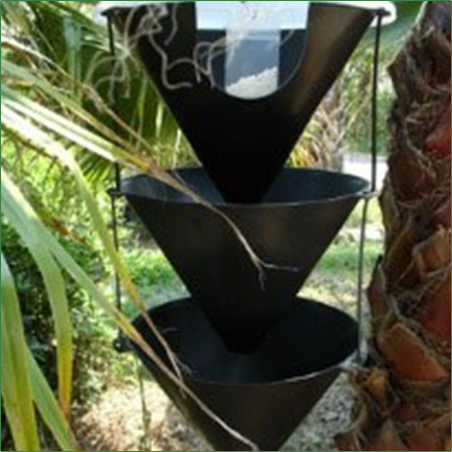Especially pine (scotch pine, red pine, larch, maritime pine) and spruce, fir trees
It is the largest of Ips kind. Adults are 5.5 to 8.2 mm long and brown in color. When viewed from above, the yellow hairs around the body draw attention. Its name is “oniki dişli” pine bark beetle in Turkish, as it has six tooth stripes on both upper wings. Ips sexdentatus (Six-toothed Bark Beetle) has two generations per year. It can be seen in the third generation under favorable weather conditions.
It is generally a secondary character insect and causes damage to sick or weakened and preferably thick bark trees. But in case of an epidemic, it can also gravitate to healthy trees. The pest makes entrance holes on the bark, enters and exits through these holes and also throws the pieces out.
The pest eats under the bark in different ways. These are breeding eating, regeneration, maturity and wintering eating. Damaged trees die, because the insect’s breeding eating causes complete destruction of the cambium layer. The pest can cause mass damage in large forest areas in case of an epidemic, as in a single tree. Thus, it causes serious economic losses.


